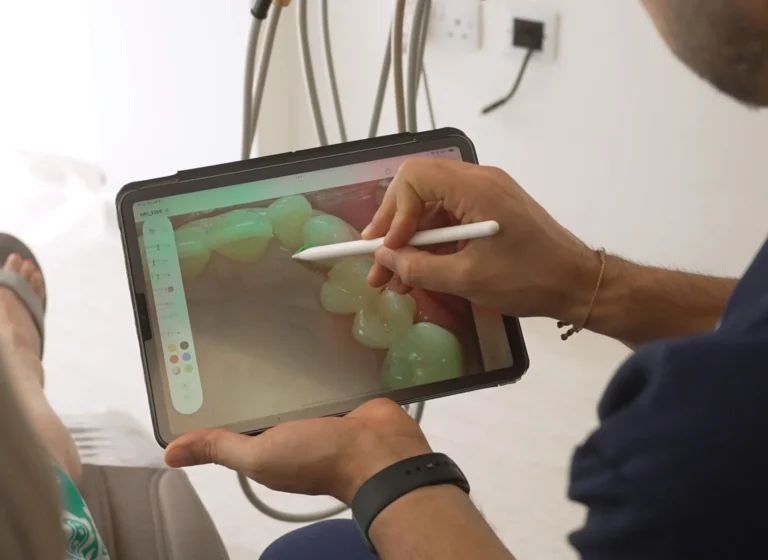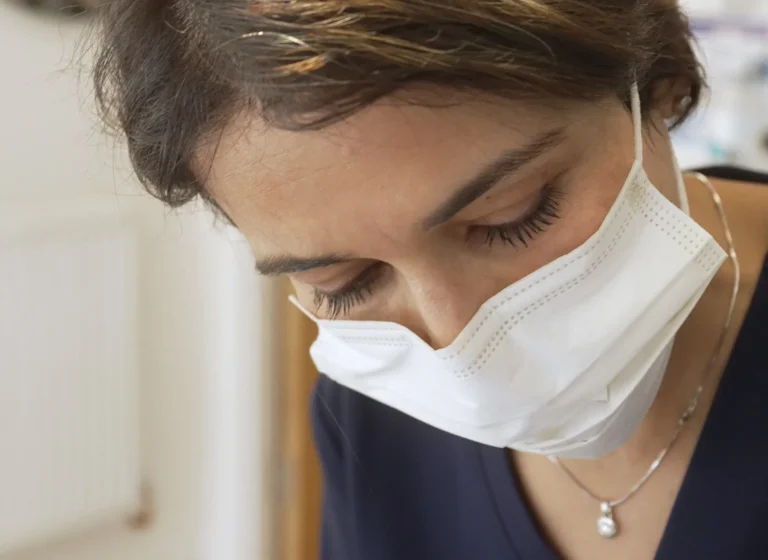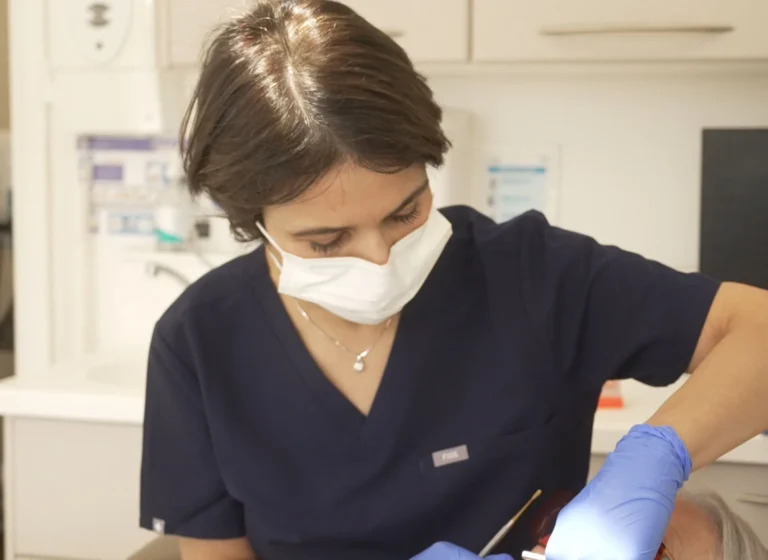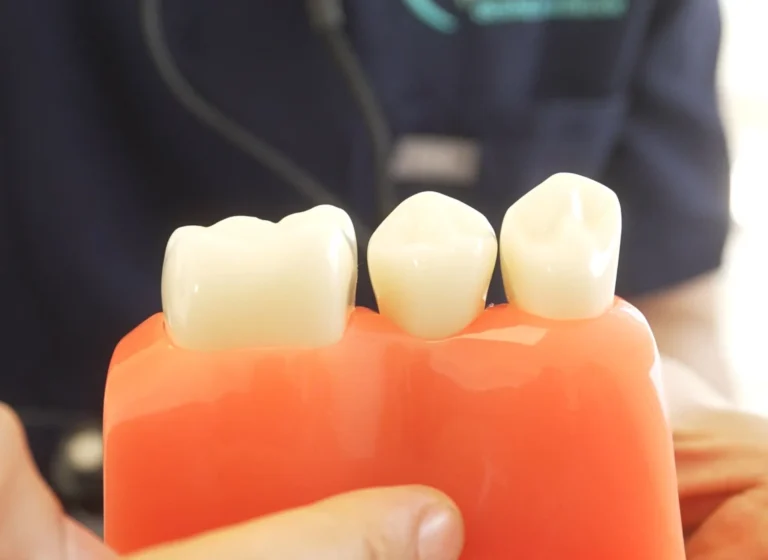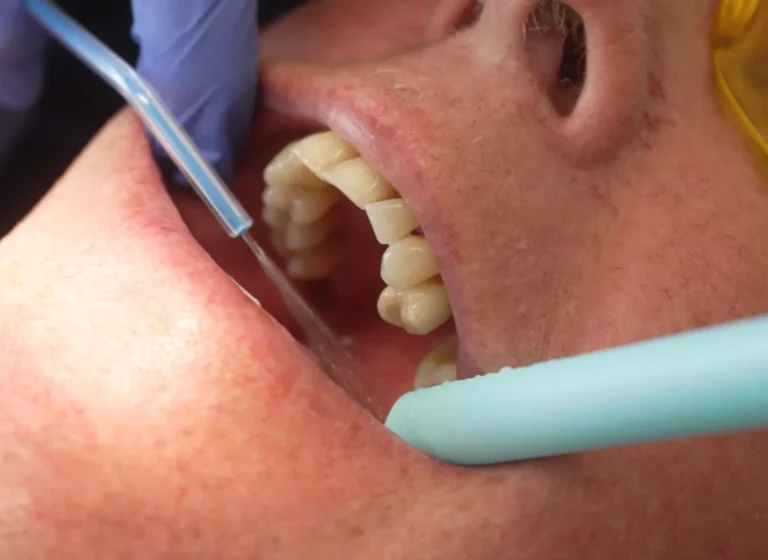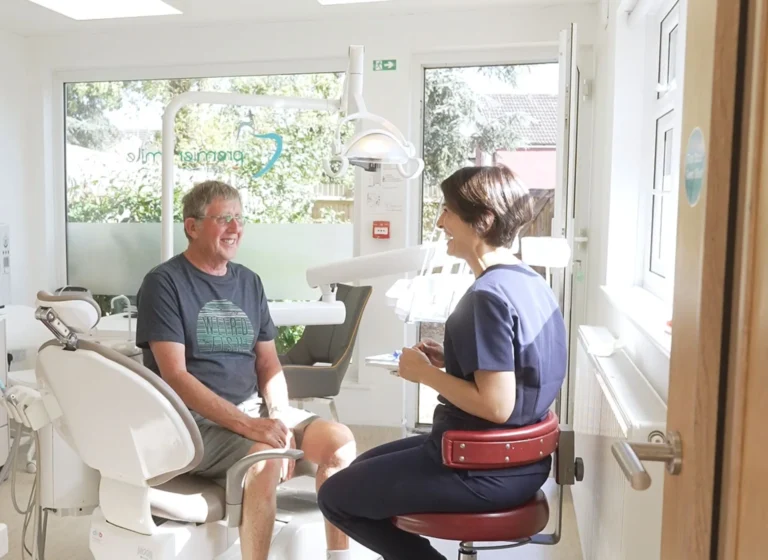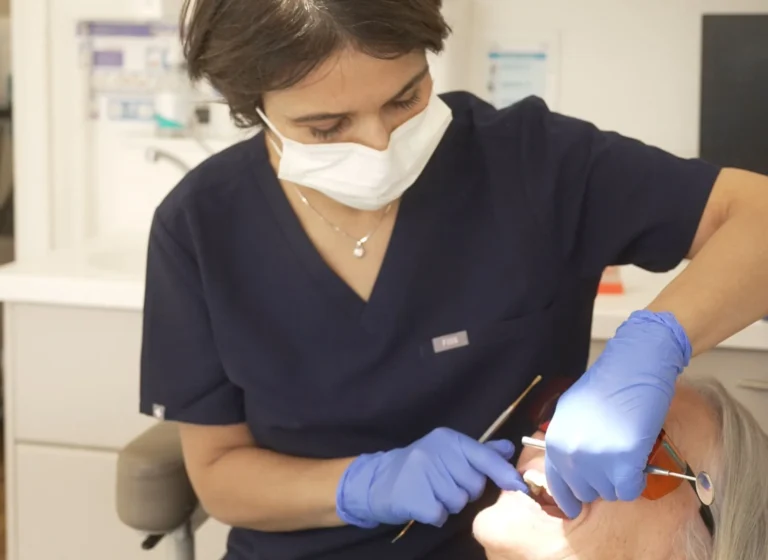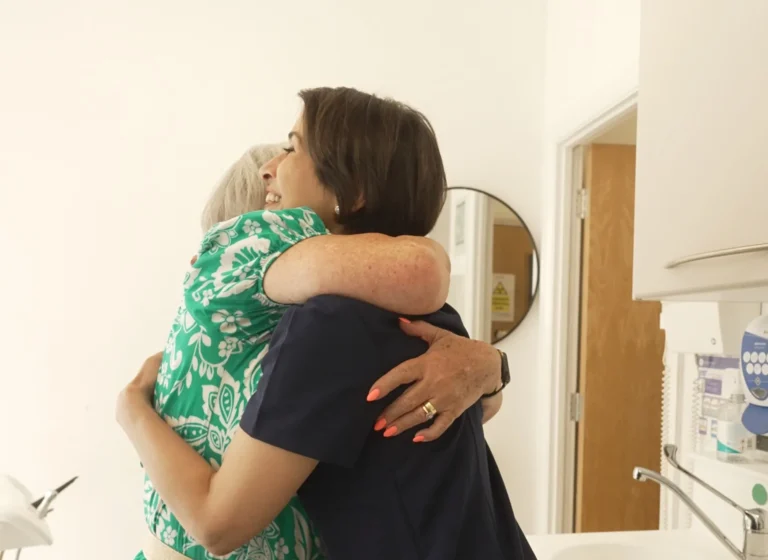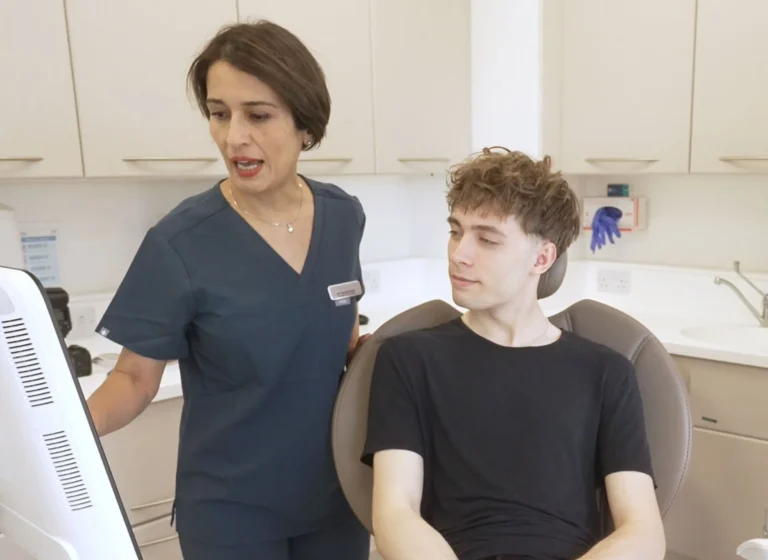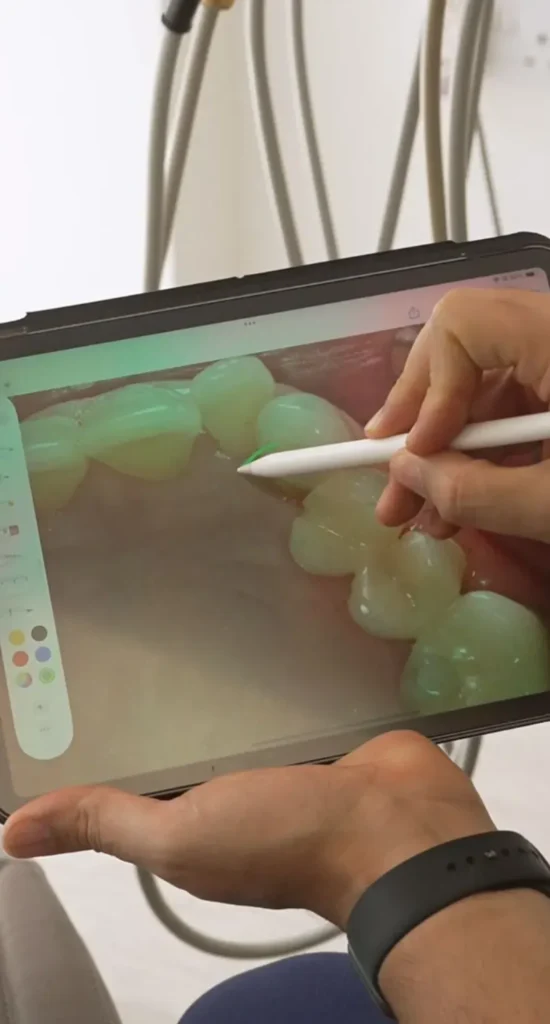Can a Root Canal Get Infected?
Root canal treatment is one of the most effective ways to save a severely damaged or infected tooth. But like any medical procedure, it’s not entirely immune to complications. So, can a root canal get infected? The answer is yes, although it’s not common—especially when the procedure is performed meticulously and followed up with proper care.
According to Dr Nooshin Vasfi, an infection after a root canal can happen immediately after treatment or even years later. The reason? Bacteria can find their way back into the sealed tooth if there’s a failure in the restoration or if new decay develops. In some cases, the complex anatomy of root canals—especially curved or accessory canals—might make complete cleaning more difficult.
Here are some common reasons a root canal might become reinfected:
- A crack in the tooth that allows bacteria in
- A filling or crown that becomes loose or damaged
- Undetected or uncleaned accessory canals
- Delayed placement of the final crown
- New decay forming on the treated tooth
Dr Nooshin Vasfi explains that while a properly performed root canal has a very high success rate, no procedure is 100% guaranteed for life. That’s why follow-up care is essential. Regular check-ups, X-rays, and good oral hygiene play a critical role in ensuring your root canal stays healthy.
In the next sections, we’ll look at how to recognise the signs of reinfection, what to do if it happens, and how Dr Vasfi treats these cases safely and effectively.
✅ Key goals of a root canal filling:
- Prevent bacteria from re-entering the tooth
- Restore internal strength
- Serve as a base for the final crown or restoration
- Allow the tooth to function like any other natural tooth
According to Dr Vasfi, the quality of this filling often determines how long the treated tooth will last. Let’s explore more about the material used, how it’s applied, and why it’s crucial.
What Are the Symptoms of a Root Canal Infection?
Knowing how to recognise a potential reinfection after root canal treatment is crucial for getting timely treatment. According to Dr Nooshin Vasfi, the signs can be subtle at first but tend to become more noticeable as the infection spreads within or around the tooth. Since root-treated teeth no longer have nerves, pain might not be the first or most obvious symptom—making other signs even more important to pay attention to.
Here are the most common symptoms of a root canal infection that Dr Nooshin Vasfi advises patients to watch for:
- Persistent or returning pain in the treated tooth, especially when chewing or applying pressure
- Swelling of the gums, face, or jaw around the treated area
- Pimple-like bumps (fistulas) on the gums, which may release pus
- Tenderness or discomfort in the jaw or tooth area
- Tooth discolouration—the tooth may appear grey or darken again
- Bad taste in the mouth or bad-smelling breath that won’t go away
- General feeling of being unwell, including fatigue or low-grade fever in more advanced cases
Not all patients will experience every symptom. Dr Nooshin Vasfi explains that early infections might only show up on a dental X-ray. That’s why she always recommends regular post-treatment follow-ups, especially for complex cases or molars with multiple roots.
If you notice any of the signs listed above, don’t delay treatment. Dr Vasfi uses digital imaging, CBCT scans, and thorough clinical assessments to diagnose root canal reinfection early. When caught promptly, these infections are very treatable and may only require a non-surgical revision—avoiding tooth loss altogether.
How Is a Root Canal Infection Treated?
If you’re experiencing signs of a root canal infection, you might feel concerned about what comes next. According to Dr Nooshin Vasfi, the good news is that in most cases, the tooth can still be saved. Treating an infected root canal typically involves either a retreatment of the original procedure or, in some cases, a minor surgical intervention known as an apicoectomy. The choice depends on the severity and location of the infection, as well as the condition of the surrounding tooth structure.
Here’s how Dr Nooshin Vasfi approaches treatment options:
🔁 Option 1: Root Canal Retreatment
This is the most common and conservative option. It involves reopening the treated tooth, removing the old filling material, thoroughly disinfecting the canals again, and placing a new, precise filling and seal. It’s typically done under magnification using advanced techniques.
Retreatment is ideal when:
- The original canals were not thoroughly cleaned or sealed
- There’s been a breakdown in the crown or filling
- New decay has reached the inner layers of the tooth
🦷 Option 2: Apicoectomy (Root-End Surgery)
If retreatment isn’t possible or has already failed, Dr Nooshin Vasfi may recommend a surgical procedure. This involves removing the infected root tip and sealing the canal from the end of the root. It’s a minor outpatient surgery but highly effective when needed.
🛡️ Additional Steps
- Antibiotics may be prescribed if there is active swelling or systemic involvement
- A new crown or restoration will likely be placed after retreatment to protect the tooth
- Regular follow-up is essential to monitor healing
Dr Vasfi performs these procedures using advanced imaging (like CBCT scans) and modern biomaterials to improve outcomes and comfort. With proper care, retreatment success rates are high, and most patients experience full resolution of symptoms.

Can You Prevent a Root Canal From Getting Infected?
Prevention is always better than cure—and this applies even after a successful root canal. While the tooth may no longer have living pulp, it’s still vulnerable to bacterial infiltration if it’s not properly protected. According to Dr Nooshin Vasfi, there are several ways patients can significantly reduce the risk of a root canal becoming reinfected. It all comes down to post-treatment care, maintenance, and lifestyle choices.
Here’s what Dr Nooshin Vasfi recommends to keep your treated tooth healthy for years to come:
✅ Get the Final Crown or Restoration Without Delay
After a root canal, the tooth is typically more fragile. Delaying the placement of a crown or permanent restoration can lead to reinfection or even fracture. Dr Vasfi strongly advises completing this step as soon as possible—ideally within weeks of the root canal treatment.
🪥 Maintain Excellent Oral Hygiene
A clean mouth is your best defence. This means:
- Brushing twice a day with fluoride toothpaste
- Flossing daily to remove plaque between teeth
- Using an antibacterial mouthwash if advised (chlorhexidine or fluoride-based)
- Regular professional cleanings every 6 months (or more often if recommended)
🚭 Avoid Risk Factors
Smoking, uncontrolled diabetes, and poor diet can all impair healing and weaken your immune response, making reinfection more likely. Dr Nooshin Vasfi often works with patients on managing these risks as part of a broader oral health plan.
🔎 Schedule Regular Check-ups
Even if your tooth feels fine, routine dental exams allow Dr Vasfi to spot subtle issues—like a loose filling or tiny cracks—that could open the door to bacteria. Digital X-rays can help detect any signs of trouble before symptoms even appear.
By following these guidelines, most patients never need to worry about retreatment. Dr Vasfi reassures her patients that root canal infections are largely preventable with a few smart, consistent habits.
What Happens If a Root Canal Infection Is Left Untreated?
Ignoring a root canal infection is never a safe option. While symptoms may start mildly or even go unnoticed for some time, the consequences of leaving the infection untreated can be serious—and in some cases, irreversible. According to Dr Nooshin Vasfi, a persistent or recurring infection inside a root-treated tooth can silently spread to surrounding tissues, bone, and even other parts of the body.
Here’s what can happen if a root canal infection is not addressed promptly:
- Chronic pain or pressure in the affected tooth or jaw
- Formation of an abscess, which can cause swelling, pus drainage, and fever
- Bone loss around the roots of the tooth, visible on X-rays
- Tooth mobility or complete tooth loss if the infection destroys supporting structures
- Facial swelling or spread of infection to adjacent teeth or soft tissues
- In rare but serious cases, infection can enter the bloodstream, leading to complications elsewhere in the body (e.g. endocarditis, sinus infections, or cellulitis)
Dr Nooshin Vasfi explains that the longer the infection is left untreated, the more complex the treatment becomes. Infections that begin as small and manageable can evolve into large, painful abscesses that may require surgical drainage, tooth extraction, or even hospital-based treatment.
Dr Vasfi urges patients never to “wait and see” when symptoms arise. Early intervention with retreatment or minor surgical correction can preserve the tooth and prevent broader health risks. Her approach is proactive and minimally invasive, always aiming to resolve infection while protecting the long-term health and function of the smile.
Conclusion – Can a Root Canal Get Infected?
So, can a root canal get infected? The answer is yes—but with the right care, it’s far from inevitable. Root canals are a safe and highly effective treatment for saving teeth, but just like any restored part of the body, they require follow-up, protection, and maintenance. Dr Nooshin Vasfi reminds all her patients that long-term success depends on both the quality of the treatment and the consistency of at-home and professional care.
Infection after a root canal can happen immediately or even years later, especially if the crown is damaged, oral hygiene declines, or new decay develops. The most common signs—swelling, tenderness, persistent pain, or the appearance of a gum boil—should never be ignored. When these symptoms appear, prompt evaluation by a specialist like Dr Vasfi can make all the difference in preserving your tooth.
Thanks to modern technology, advanced imaging, and retreatment techniques, most root canal infections can be effectively treated—often without the need for tooth extraction. And in the hands of an experienced clinician like Dr Nooshin Vasfi, outcomes are both predictable and long-lasting.
If you’ve had a root canal in the past and are now experiencing discomfort, or if you simply want peace of mind that your treated tooth is still healthy, don’t hesitate to schedule an exam. Prevention, precision, and personal care are at the heart of everything Dr Vasfi provides.
Contact me at info@nvendospecialist.co.uk to request more information today!
Or visit me at Premier Smile Dental Excellence in 34 Hockliffe St, Leighton Buzzard LU7 1HJ, UK.

